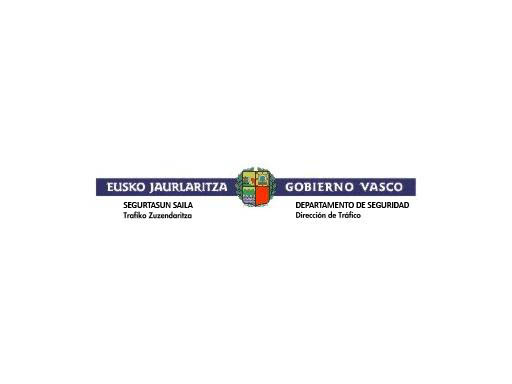In 30% of accidents with fatalities or serious injuries, the infrastructure played a significant role, either causing the accident or worsening its consequences. A black spot is so named because several accidents have already occurred in a specific location, but on our roads, we can also find places where no accidents have occurred, but the consequences would be very serious if one did occur.
The presentation published at the ITS Europe conference shows how to detect both potential black spots and locations with serious consequences in the event of an accident, using various Computer Vision and data analysis techniques.
This presentation was prepared in collaboration with the Department of Traffic of the Basque Government (hereinafter DTGV) as part of a pilot test. This entity is the competent authority for traffic management in the Basque Country. Its powers extend to the roads in the historical territories of Bizkaia, Gipuzkoa, and Araba, although they are limited exclusively to traffic management. The upkeep and maintenance of these roads are the responsibility of the respective Provincial Councils of each territory.
Road safety prevention is analyzed from three pillars: users, vehicles, and infrastructure. The Basque Government’s Traffic Department already managed user and vehicle data through Average Daily Intensity indices, information from telecommunications operators, and navigation data. Drawing on the capabilities provided by the generation of infrastructure data through ASIMOB’s Autonomous Road Inspector, the DTGV identified the opportunity to address the third pillar of road safety: infrastructure. This initiative complements information already available from other sources, incorporating new indicators and an additional perspective for accident analysis.
Asset data was collected as part of a proof of concept, using automatic recordings triggered by scheduled geofences in locations with specific characteristics, selected by the DTGV to compare the information expected to be obtained. In this way, information was collected on:
- Vertical and horizontal signs, including defects in them
- Protection barriers, including measurements of guardrail heights and defects
- Pavement condition and its impact on vehicles traveling on that section
- Geometric data of the road, such as gradient, radius of curvature, and lane width
From the collected data, various combined analyses of factors related to road safety can be performed. These analyses allow for the automated identification of circumstances such as:
- Presence, absence, and suitability of safety barriers at points with certain geometries
- Degree of danger at road exits in the absence of safety barriers at curves
- Visibility limitations of traffic signs at specific traffic signals (e.g., yield or stop)
- Visibility limitations of lane markings
- Inconsistencies between vertical and horizontal signage
- Presence of unprotected hazardous elements near the road
.
Would you like more information? Contact us using the form.
